Archives
- 2025-10
- 2025-09
- 2025-03
- 2025-02
- 2025-01
- 2024-12
- 2024-11
- 2024-10
- 2024-09
- 2024-08
- 2024-07
- 2024-06
- 2024-05
- 2024-04
- 2024-03
- 2024-02
- 2024-01
- 2023-12
- 2023-11
- 2023-10
- 2023-09
- 2023-08
- 2023-07
- 2023-06
- 2023-05
- 2023-04
- 2023-03
- 2023-02
- 2023-01
- 2022-12
- 2022-11
- 2022-10
- 2022-09
- 2022-08
- 2022-07
- 2022-06
- 2022-05
- 2022-04
- 2022-03
- 2022-02
- 2022-01
- 2021-12
- 2021-11
- 2021-10
- 2021-09
- 2021-08
- 2021-07
- 2021-06
- 2021-05
- 2021-04
- 2021-03
- 2021-02
- 2021-01
- 2020-12
- 2020-11
- 2020-10
- 2020-09
- 2020-08
- 2020-07
- 2020-06
- 2020-05
- 2020-04
- 2020-03
- 2020-02
- 2020-01
- 2019-12
- 2019-11
- 2019-10
- 2019-09
- 2019-08
- 2019-07
- 2019-06
- 2019-05
- 2019-04
- 2018-07
-
Acknowledgment br Main Text From birth to
2021-10-27
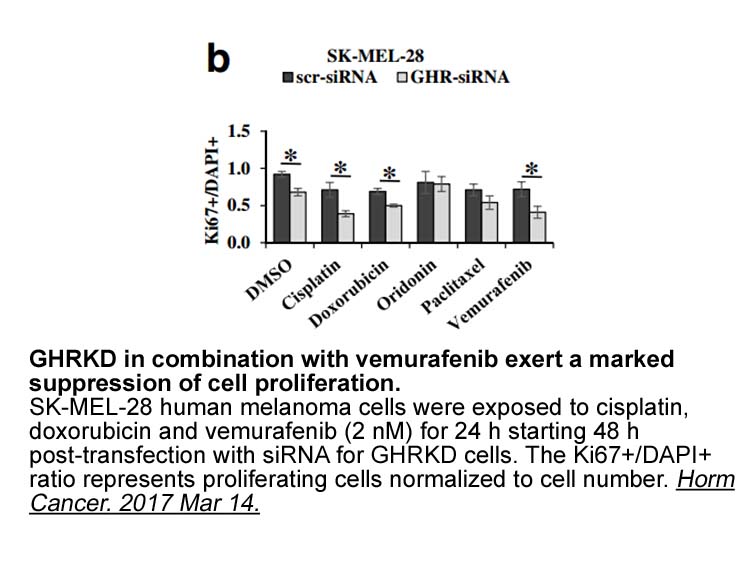
Acknowledgment Main Text From birth to adulthood, humans progressively acquire and maintain a complex microbial ecosystem at various body sites and cavities. Early on, these microorganisms establish a complex relationship with the host, resulting in the modulation of several biological functions
-
motor proteins Autophagy as an important cellular process ha
2021-10-27
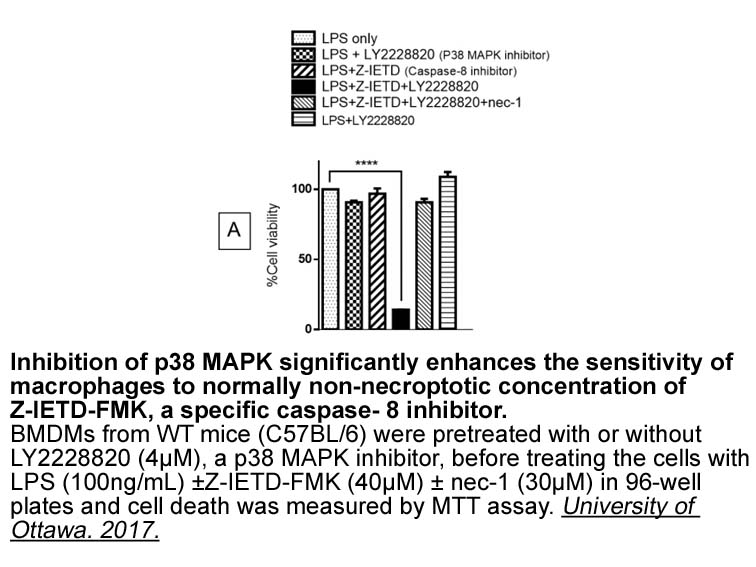
Autophagy as an important cellular process has drawn attentions to its role in cardiovascular systems [16]. Autophagy is a self-digestion and degradation process that recycles the contents of the cytosol, including macromolecules and cellular organelles, resulting in self-repair and conservation for
-
Introduction Glucose dependent insulinotropic polypeptide GI
2021-10-27
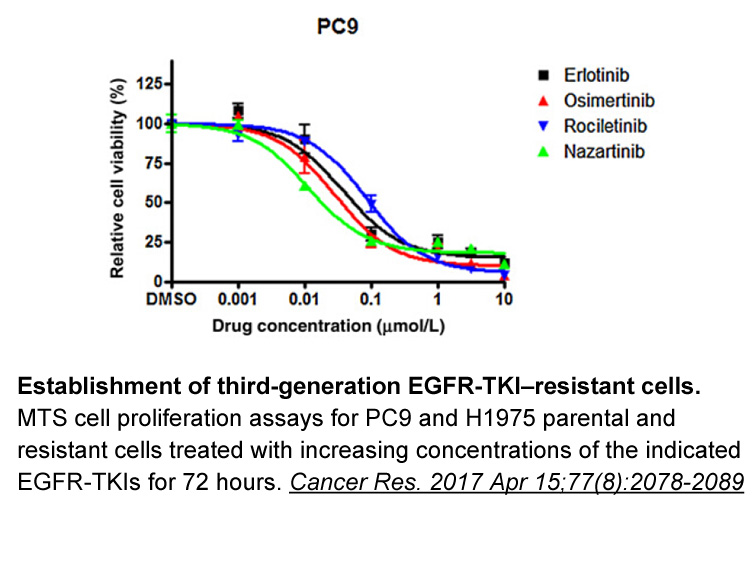
Introduction Glucose-dependent insulinotropic polypeptide (GIP) is a hormone secreted postprandially from enteroendocrine K cells in response to ingestion of either fat [1], protein [2], or carbohydrates [3]. GIP is primarily known for its glucose-dependent insulinotropic actions mediated via the G
-
GHRL effect on appetite is influenced by its dose and
2021-10-27

GHRL effect on appetite is influenced by its dose and route of administration, where central or peripheral administration of GHRL at low doses increases feed intake, via acting on orexigenic hypothalamic neurons, and decreases appetite at high doses in chickens (Jonaidi et al., 2012), quails (Shoush
-
kit inhibitor Determination of enzyme activity differs from
2021-10-27

Determination of enzyme activity differs from other analytical procedures. In this kit inhibitor case, instead of enzyme concentration, a substrate depletion or product accumulation should be monitored. Such approach allows calculating activity basis of calibration curves performed for enzymatic re
-
Methoxyflavone and methoxyflavanone Fig both act as flumazen
2021-10-27
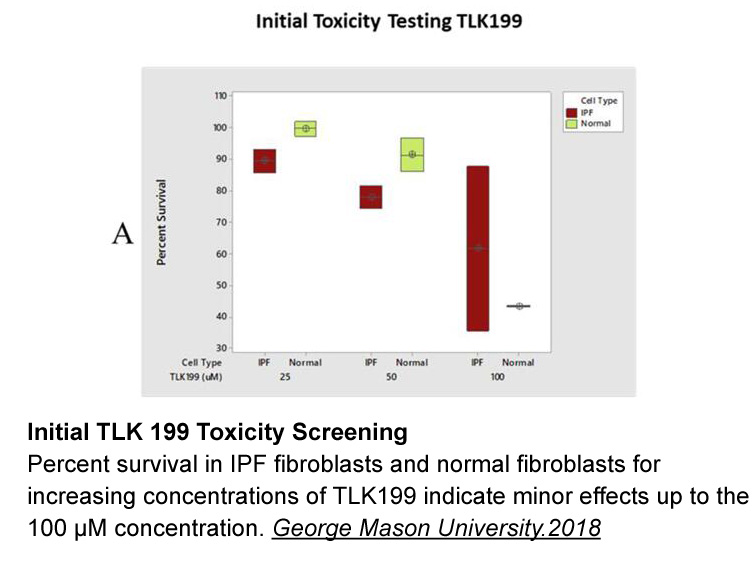
6-Methoxyflavone and 6-methoxyflavanone (Fig. 2) both act as flumazenil-insensitive positive allosteric modulators of GABA responses at human recombinant α1β2γ2L and α2β2γ2L GABAA receptors. However, unlike 6-methoxyflavone, 6-methoxyflavanone was relatively inactive at α1β2 GABAA receptors. Both fl
-
All models used here rely on WT FGFR which is
2021-10-27
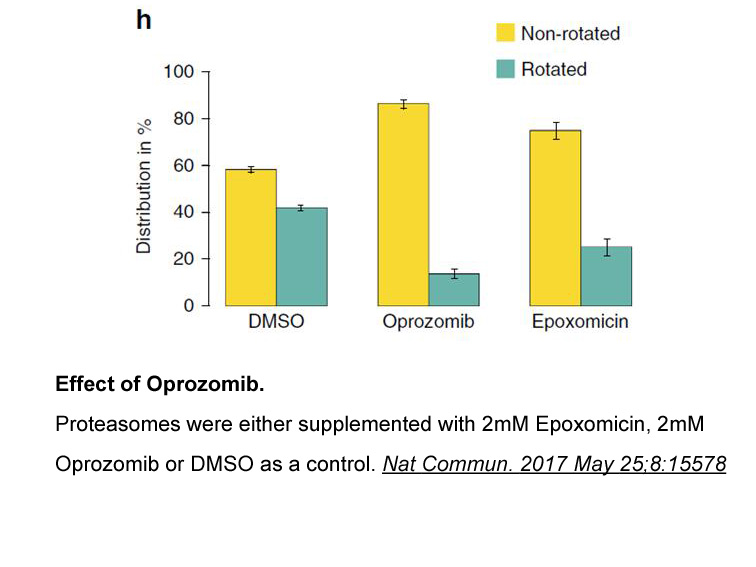
All models used here rely on WT FGFR3, which is activated by exogenous FGF ligand to alter chondrocyte proliferation and differentiation. This approach toward modeling the aberrant FGFR signaling in cartilage differs from the actual situation in ACH or TD, where the chondrocytes are exposed to long-
-
MicroRNAs miRNAs are endogenous small RNA molecules nucleoti
2021-10-27
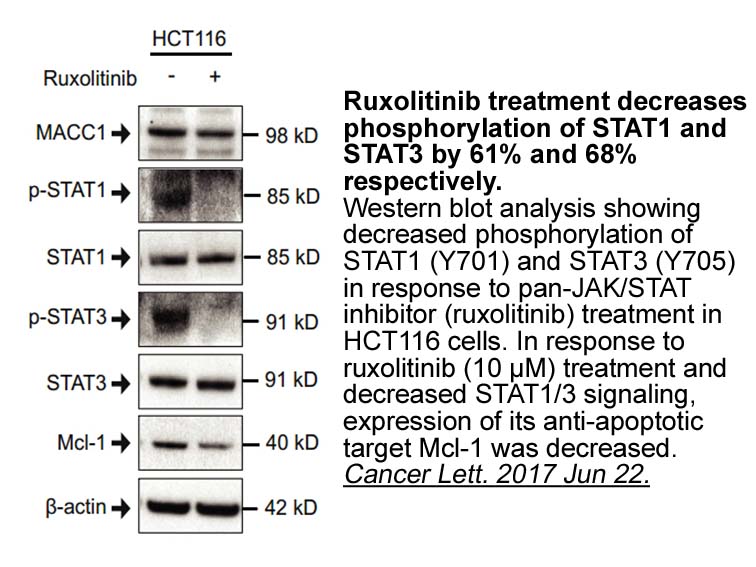
MicroRNAs (miRNAs) are endogenous small RNA molecules 20–25 nucleotides in length; they regulate multiple genes by binding to target mRNAs, thereby controlling the stability and translation of protein coding mRNAs (Esteller, 2011, Guo et al., 2010). It has been established that GS-9137 of the innat
-
br Experimental br Results and discussion
2021-10-27
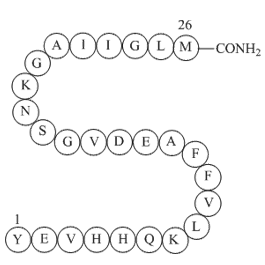
Experimental Results and discussion One of the major challenges of oral drug delivery via nanocarriers is the fairly low efficiency of crossing the intestinal barrier. While there is the possibility of a paracellular transport for polar substances below 1000 Dalton [26], the key mechanism of o
-
br Introduction The period around birth is a risky
2021-10-27
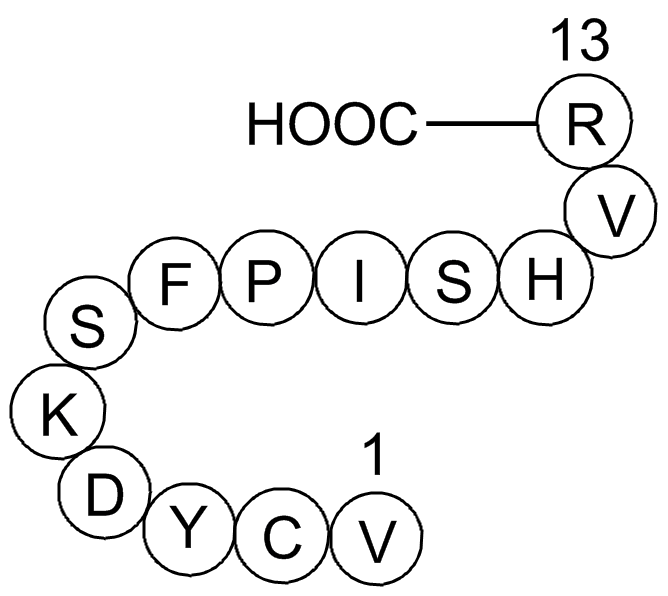
Introduction The period around birth is a risky time for stroke in infants. Ischemic stroke has been diagnosed in about 1/4000 full-term infants (Nelson and Lynch, 2004) and perinatal stroke represents the second most frequent cause of acute seizures in this age group (Levy et al., 1985). Further
-
Our senescence induction method of choice was replicative ex
2021-10-27
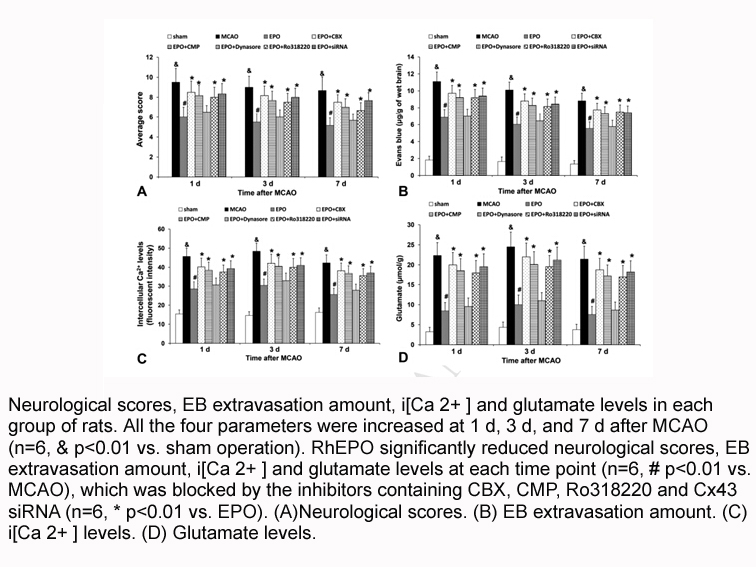
Our senescence induction method of choice was replicative exhaustion, although p300 KD was also able to delay the onset of OIS (Figures 7Q and 7R). RS has been implicated in tissues with high turnover such as skin, gut, and blood (Hornsby, 2002) and likely the few mitotic INNO-406 in the body, such
-
The CNP pGC B cGMP pathway has been
2021-10-26
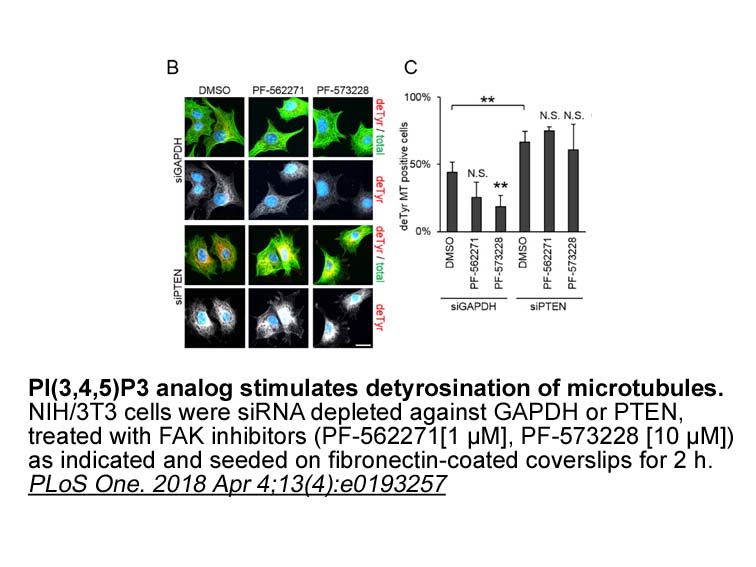
The CNP/pGC-B/cGMP pathway has been reported to be potent inhibitor of fibrosis, from an intrinsic compensatory protective response as well as a therapeutic in cardiorenal injury and disease states [6,12,13,22,30]. Indeed, fibrosis is a progressive process leading to increased risk for morbidity and
-
SirReal2 receptor br Expression of GlyT in the
2021-10-26
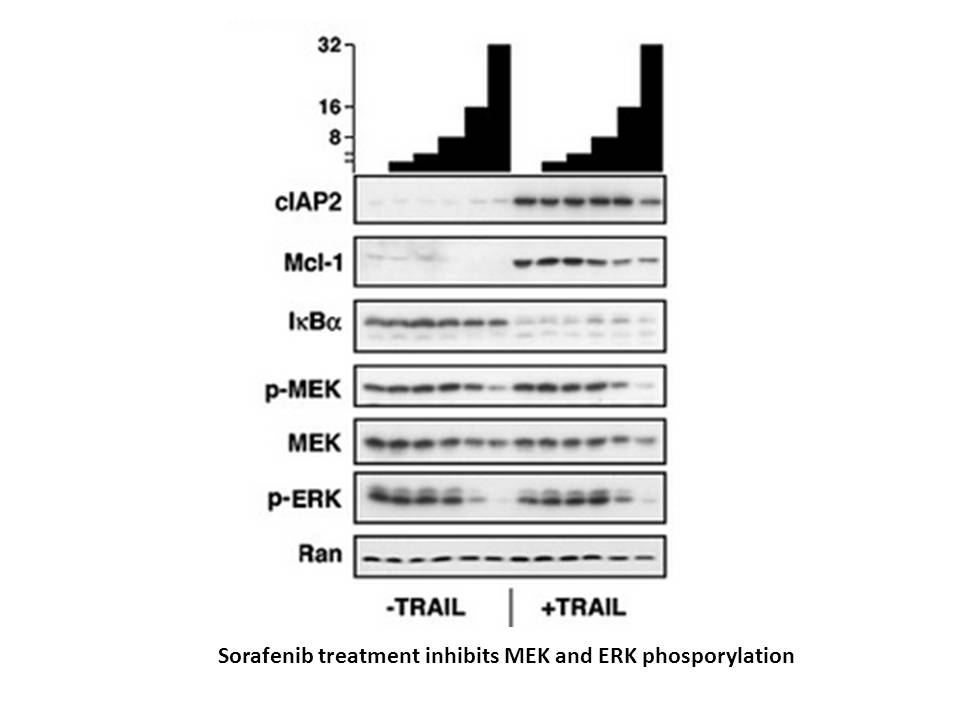
Expression of GlyT in the spinal cord in response to neuropathic pain Twelve days after sham injury or CCI, GlyT1 and GlyT2 mRNA expression in rat spinal cord was analyzed using qPCR. Here, no significant changes in expression of the transporters in our CCI model of neuropathic pain compared with
-
Lamina II SG spinal cord
2021-10-26
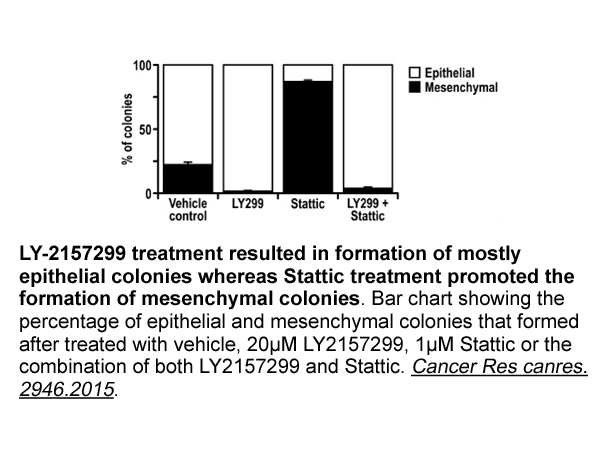
Lamina II (SG) spinal cord neurons play an important role in regulating nociceptive input from the periphery [20,21]. Moreover, lamina II neurons are concentrated with glycinergic or GABAergic inhibitory interneurons. Therefore, it is possible that β-alanine might modulate nociceptive transmission i
-
One major mode of bioelectric action is
2021-10-26
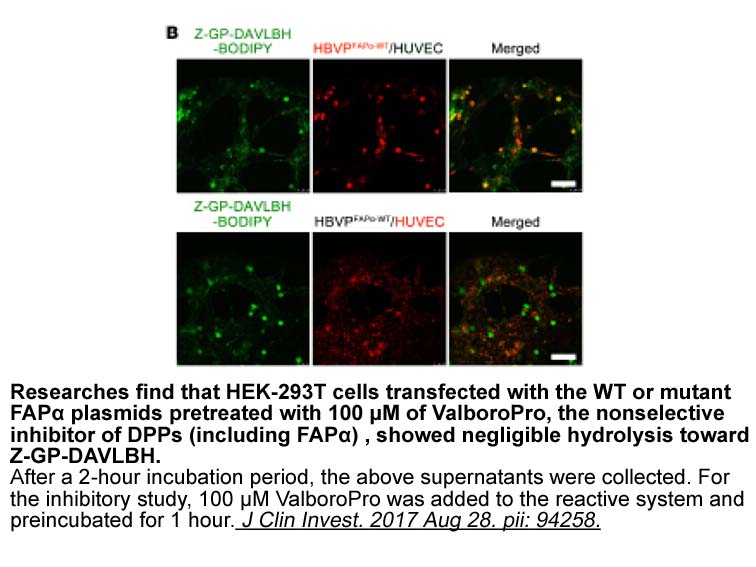
(2) One major mode of bioelectric action is that of an amplifier of subcellular symmetry-breaking mechanisms into tissue-wide order. An example is the patterning of the embryonic left (L)-right (R) axis reviewed in References [57, 58]; the following scheme describes the data obtained largely from th
15746 records 575/1050 page Previous Next First page 上5页 571572573574575 下5页 Last page